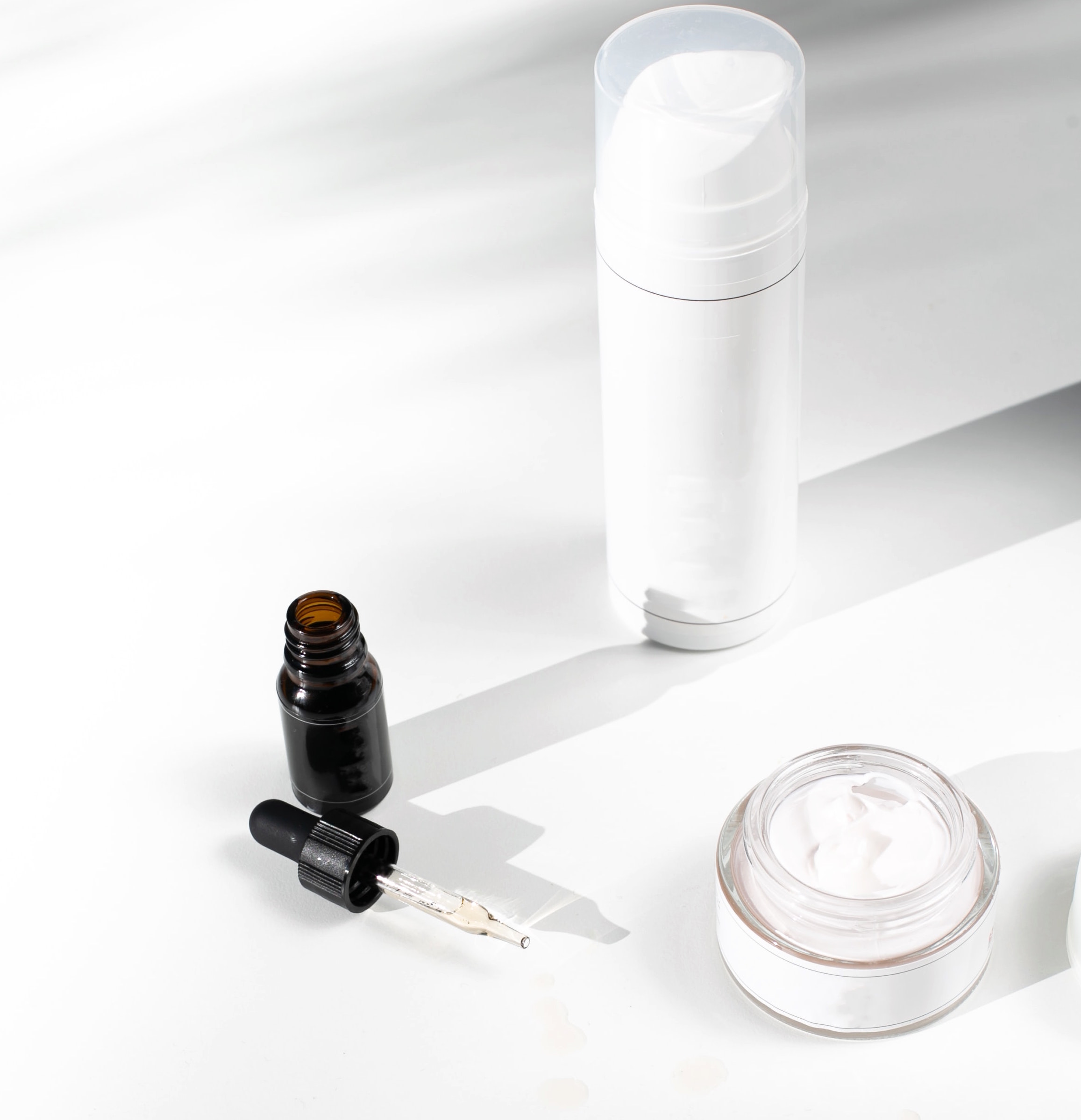Words Hiranmayii Mohanen | Photograph Jessica Felicio
The beauty industry is ever evolving, growing in tandem with technology to present cutting edge treatment and procedures that meet the demands of society to maintain a youthful appearance. One of the most prominent and evident signs of ageing lies in our skin — the development of fine lines and laxity of skin indicate the breakdown of skin tissues. Enter thread lift or lunchtime lift— a beauty treatment endorsed by Gwyneth Paltrow that has been all the rage of late, vowing to address the aforementioned concerns, including sagging buttocks, wrinkly skin around the knees and elbows.
What is a Thread Lift?
The question begs — what is a thread lift? One might equate thread lift to a face lift, only differing in evasiveness, duration and the procedure itself. Thread lift is a shorter and noninvasive procedure that utilises temporary, medical grade polydioxanone threads (PDO) threads which are pulled to achieve the desired skin lift effect. Besides the evident lift, the thread combats ageing by teasing the body’s healing response, subsequently causing it to produce a surge of collagen in the treated areas. Collagen plays an important role in influencing the condition of the skin, keeping it strong and supple but unfortunately, it deteriorates with age. This loss of elasticity and strength is a large factor in the creation of excess skin and wrinkles. As the skin grows weaker, it can no longer support the tissues beneath it adequately, giving way for gravity to pull it downwards and stretch it.
Simply put, the thread lift process renders continuous and progressive rejuvenation for the facial tissues. The threads that are placed constantly activate the body’s healing response because the body is programmed to “heal” the sutured areas and expel the sutures. The body is biologically made to react this way when it senses foreign entities present within the dermis (layer of skin that lies beneath the epidermis). In fact, patients who have gone through thread lift to revive collagen in their skin will notice improvement in their skin tone and firmness over time. Fortunately, because the threads placed under the skin during a thread lift are so minute, the patient will not feel any of this happening. Most people cannot feel their sutures at all once the skin has healed around them.
The Procedure
The thread lift procedure is pretty straightforward — threading thin, dissolvable sutures underneath the skin so the doctor can lift the skin tightly, around your forehead, neck, or torso. According to Norman Rowe, a board-certified plastic surgeon in New York City, invisible and pain-free ‘barbs’ latch onto the skin and ensure that the thread has a hold on the underlying tissue and muscles as the thread is pulled tight. As soon as the barbed thread is inserted, the body’s healing response is triggered and stimulates collagen production in the area. The procedure for thread lift may vary depending on the area you’re targeting and the cosmetic surgeon, but the technique remains the same.
1. Patients will be asked to recline. Subsequently, their skin will be swabbed with alcohol as well as topical anaesthetic to prepare for surgery.
2. A thin needle will be used as a vessel to insert the threads underneath the skin. The insertion of threads can take approximately 30 to 45 minutes.
3. Upon insertion, the needle will be removed. Thereafter, one might experience light pressure or tightening under the skin.
4. Within a few minutes of the needles being taken out, the thread lift procedure is complete.
Post ‘Lift’ Care
The treatment has minimal down time but that said, some thread lift patients might experience after effects of the anaesthesia or the procedure itself such as nausea. It will dissipate after sipping small amounts of water. It’s also normal for the skin to swell or bruise and if it does, ice the area for 30 minutes four to five times a day for the first five days. In order to achieve the best results, it is advised for patients to limit facial motion for 24 hours, facial creams or makeup for 48 hours and keep the head elevated at a 45-degree angle for five to seven days. One should drink a beverage with a straw and focus on drinking liquids or consuming soft foods for at least a week while chewing gum should be avoided for two weeks. Experiencing discomfort in the first two days of the procedure is completely normal and it will gradually decrease over time.
Expected Results from a Thread Lift
Almost directly after the thread lift, the majority of patients will be able to notice small but immediate results. As the face continues to heal and new collagen forms in the treated areas, the difference will become more obvious. While the results are relatively more long term than other facial rejuvenation options, such as surgical facelifts, the results are temporary and thus require maintenance treatments every 6 to 12 months, depending on the specific age-reversal needs.
Doctors believe that texturised threads will achieve instantaneous results than smoother threads; however, it is important to remember that each thread type aims at producing collagen over a longer period, which is the overall goal of a thread lift procedure.
Potential complications
As with any surgical procedure, patients are exposed to the following risks:
● Discomfort from the anchoring of the threads
● Temporary discomfort when moving your face or try to smile or laugh
● Infection
● Bleeding and bruising
● Rejection – The thread is a foreign body and might even be rejected by certain people, or it may start to protrude out of the skin.
● Rippling – The threads may bunch up and cause the surface of the skin to appear rippled.
● Numbness – The threads may press on nerves which can lead to numbness.
● Scar tissue or keloid formation, making the area more difficult for a plastic surgeon to mobilise and work with in future procedures.






